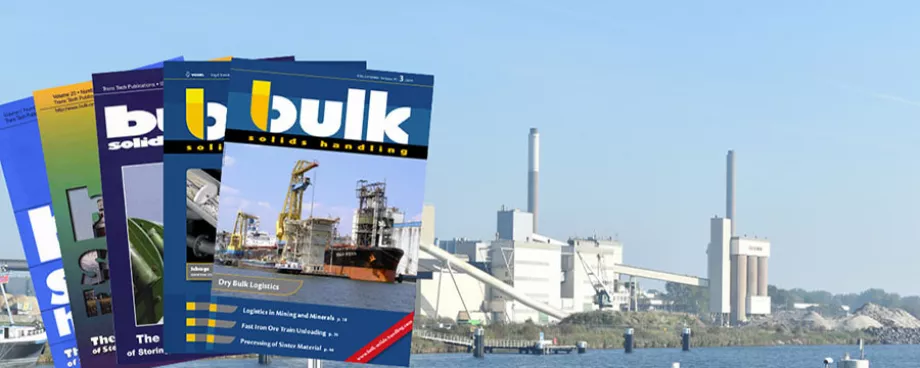Developments in the field of bulk materials handling using belt conveyors have been marked in recent years particularly by the increase in performance. Greater volumes of material demand greater belt strengths as ell as larger motor outputs which have to be transmitted to the belt by friction. Conventional systems are equipped with end pulley drives which have to handle all driving forces. With the introduction of intermediate drives which are arranged along the conveyor route thus limiting the belt tensions further possibilities are offered in the application of this bulk materials handling method.
By decreasing the number of transfer points in a conveyor system, wear of the carrying side of the belting, abrasion of material and dust development can be reduced, as well as investment and operating costs. In conventional systems, high-strength belting heavy framework, large pulleys and drive units are necessary to withstand the high resistance forces in the plant.
Limits are set to the steady growth of individual plant components for economical, technological and physical reasons. Particular difficulties are involved when making the endless high-strength steel cord belting, to ensure that the belt joins have a strength which is nearly as high as the intact belting. As a result of the great weight of the belt itself, which can be more than double (carrying and return run) that of the material load, an essentially horizontal, long-distance belt conveyor system with end pulley drives for instance requires a high rating when operating without load. The hauling heights or lengths of steep ascending conveyors are limited by the great downward force components resulting from the weight of the belt return run. For transmission of the peripheral force on the head drive, therefore, there is only the difference between permissible belt tension and downward force available, where the necessary belt tension for transmitting peripheral force is only a fraction of the downward force.
■




















